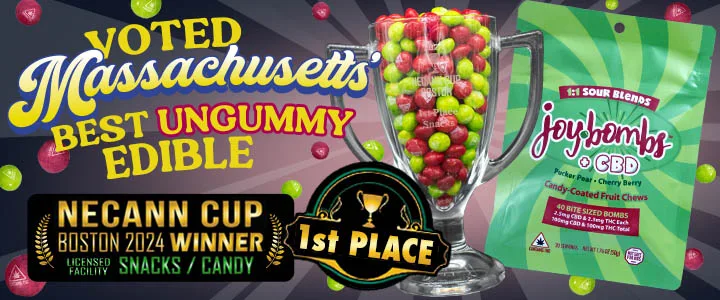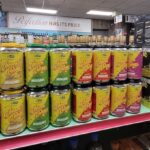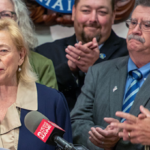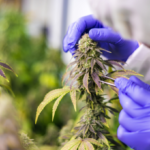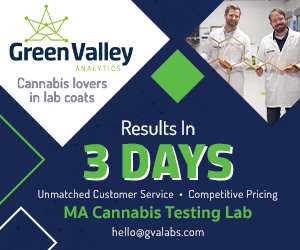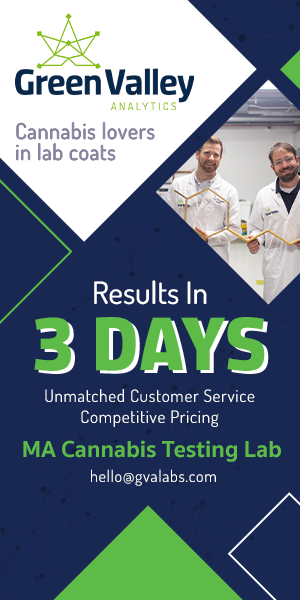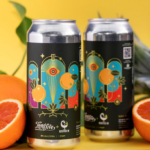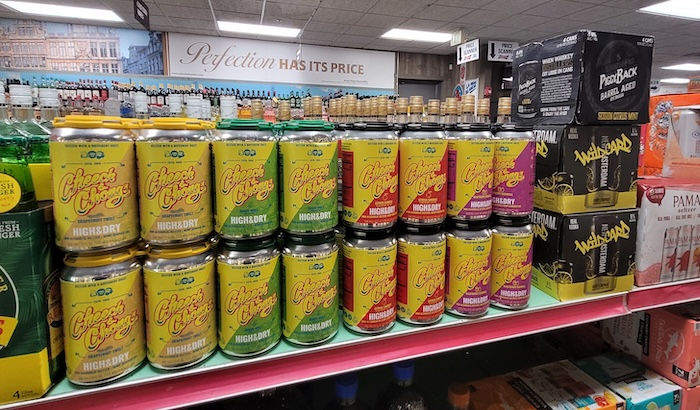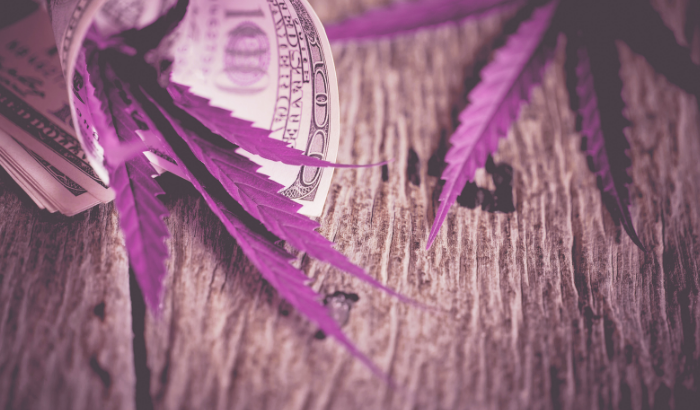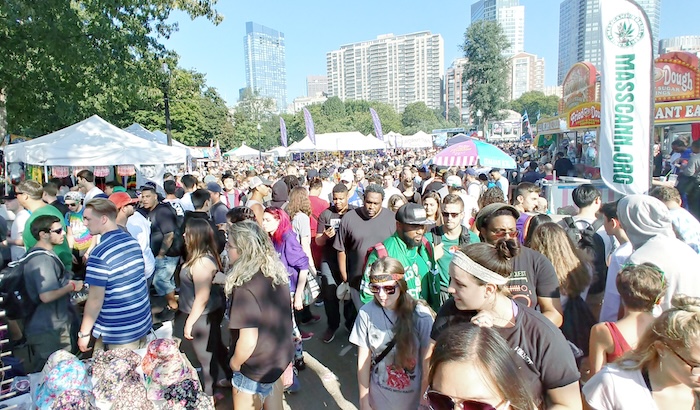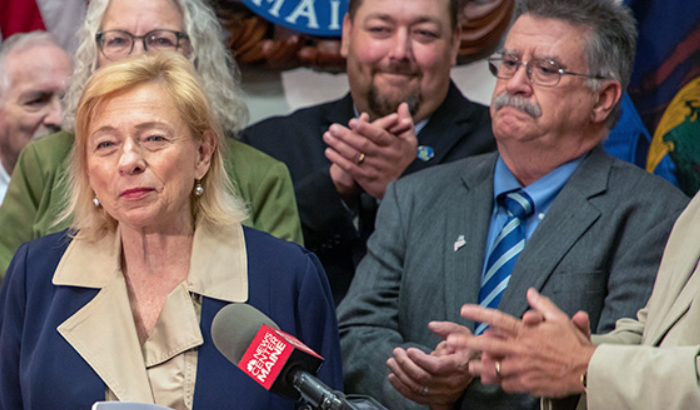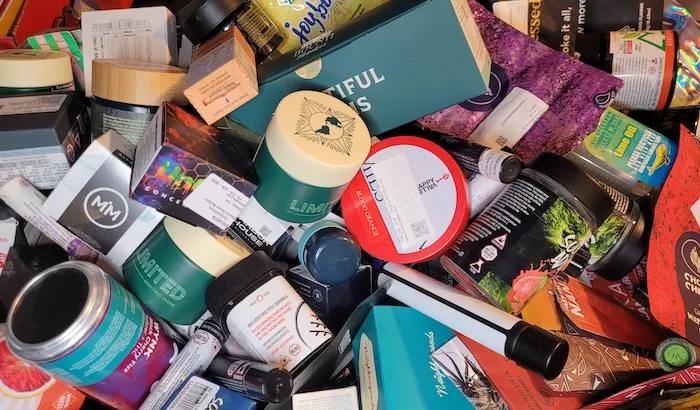
From eco-friendly packaging to celebrity endorsement deals, the “devil is in the details”
Whether people care to recognize their weakness for a good campaign or not, we buy things because of branding. That absolutely includes cannabis, even though in Massachusetts we’re not even sure what some items look like until we get back to our car and tear open the shopping bag.
Here at Talking Joints Memo, we’re unapologetic fans of countless brands, at least the ones which have outstanding products to match flashy packaging. So when we heard that four leading experts sat down to chat about the topic at this year’s State of the Cannabis Industry Conference in Mass this month, our ears perked up.
Since our readership is half consumers and half industry folks with a whole lot of crossover, we excerpted sections from the panel on “Navigating Cannabis Branding Issues,” moderated by Lauren Medeiros Forster of the hosting law firm Burns & Levinson, which packed in relevant flavor for all., the following words of wisdom come from Ryan Crandall of MariMed (Nature’s Heritage, Betty’s Eddies, Bubby’s Baked), Joe Hodas of Wana Brands, Kurt Junggren of Root & Bloom (Crispy Commission, Joy Bombs, Gentlemen Smugglers, Mavenkind), and Patricia Rosi of Acreage Holdings (The Botanist, Superflux).
On “brands” vs. “branding” …
RC: Brands are what we all know and love. The branding is everything that supports that. It’s everything that defines a brand and brings a brand to life.
JH: The brand represents more than just a visual aspect that people see and become maybe attached to, it’s also how you interact with your customers, and how you interact with your partners. It’s all those elements that become part of the brand and help make the brand.
KJ: The brand is how a consumer perceives it, whether we’re a service or a product or whatever we’re doing. And then the branding is the work we do in communication and messaging and stuff like that.
PR: For me, a brand is an experience—it’s multi-dimensional, it’s not just a logo on a page. It has to tell a story that is able to connect an audience with a product or solution and make it really resonate and stick. A brand is also in my mind the founding element of a reputable growth model.
On creating a national cannabis brand …
KJ: There’s a lot of challenges with that—different states, different rules, different regulations. It’s a lot of work.
JH: I would say it depends upon the definition of national brand. Wana is in 15 markets and Canada, so technically it’s an international brand, but we still can’t execute multiple programs across all of those markets simultaneously, we still can’t have the same products in packaging across all of those states and countries. So what constitutes a national brand? Is it having continuity across all your products and being able to operate from one centralized location? Or is it that footprint that makes you national with a recognition of the brand across the entirety of the country? We are trying to get there.
RC: It’s about creating the best brands that you can regardless of regulation with national and global intentions in mind.
On effective branding …
PR: It has to do with first setting the framework of what your brand is about and then being sticklers about executing it and using the framework as a measuring element for every single channel and tactic you try to activate. And make sure you’re consistent; the devil’s in the details. Make sure you have a meaningful story in every element you deploy, and that you’re consistent in everything from the packaging to the store.
KJ: If we can have that experience and also make a memory, that’s … a good spot to be in and that’s what we try for.
RC: The more that your brands are aligned to the mission-driven values of your company, the easier it is to get buyer [support] and the true support of your employees and your customers. And also differentiation; it exists in every industry, but having brands that aren’t different is not a key to success in cannabis.
On packaging aesthetics …
KJ: We are limited in what we can do, so the packaging is important. With advertising limitations and regulations, that’s one of the only pieces we have to make it as valuable as possible. But it’s not the only piece.
RC: You can’t minimize [how], when you’re creating a brand or creating multiple brands, and you really want to carry that brand message and that brand essence, and a state makes you put a symbol that’s larger than your logo on the package and change all of your artwork, it’s difficult to have brands that traverse states and still talk to the consumer in the same way.
PR: Consumers go from one state to the other and expect it to be the same, almost like it would be with toothpaste. But from Connecticut to Maine, it may be the same product, but the potency can vary, the packaging can vary, so it’s a great mind game for us to try to … also make this efficient. You are not only trying to make everything fit on the real estate [of the packaging], but there are all these other elements, so it’s a phenomenal challenge to get to one or two containers that can fit every single form factor that you can think about while being compliant.
KJ: And there are circumstances where, until they get home, the customer doesn’t even see the package. That’s another challenge.
On different types of packaging …
PR: It’s about protecting the quality of the product and making sure that freshness and everything is very airtight. … There are also operational constraints. If your packaging is beautiful, but if it takes 10 employees five days to put it together and there are all these moving pieces, that’s a no-go because we really need to be efficient.
RC: From a flower perspective, do you want to put your flower in a bag? Or a jar? It depends on if you’re premium or if you are a value [brand]. We always want quality in the package, but it really does depend on what kind of brand and what kind of differentiation within that brand you’re trying to conjure.
KJ: We just went through a packaging change on our premium flower. I love [Mylars bags], but the Mylar wouldn’t work for our premium flower brand because it jeopardized the bud structure. There’s not one package that fits all product types.
On eco-friendly packaging …
PR: In Maine, where I was an operator for many years, we had a partnership where we were able to return all of our bags to a recycling facility and that was enabling us to take hundreds of pounds of plastic away from landfills every year. We were also incentivizing consumers to bring back all their packaging. The misnomer is often that it’s going to cost us more, but I think that as far as brand equity and resonance with your target audience, it’s really paramount. It’s a great investment.
On working with regulators …
JH: It varies by market, because the regulators are set up differently. Some have the ability to actually allow you to submit and get approval, etc. And they do it in a timely fashion. Others don’t do it in a timely fashion which kind of screws up everybody’s timeline. And there are some, and unfortunately I think these are the most [common], where they are in the gray. You’re not going to get a clear answer, you’re going to get an answer once you put it to market. But regulators are very often not in the mood to say yes or no to things. They’re more about saying, This is what the regulations say, and you can translate it.
RC: Not to be negative, but I have two emails this morning from a regulator in a state not to be mentioned and they don’t know their own regulations. They’re literally telling us that THCV is not allowed in products, and it is allowed in products in the state. The regulations change rapidly in all these markets and it’s important to have as much of a proactive relationship with a regulator in a state as you can.
On considering demographics …
KJ: we are using data more than we ever have. It’s accurate … and it drives most of our decisions.
RC: We try to keep the net pretty wide. We believe a gen xer and a baby boomer and a millennial may all like the same product if a brand resonates properly.
JH: We look at it in use cases, because we believe we can be appealing to multiple generations of consumers who have the same fundamental need, like sleep. If we can make a product that is not necessarily offensive to one of those groups, and I have seen some products that I find offensive in their branding, but in our case, we try to be as open and welcoming as we can.
On celebrity endorsements …
KJ: We have seen some work, and we have seen many fail. If the celebrity is aligned with the brand, and is genuine, which I haven’t seen that often, but when they are, then I think there’s an opportunity for it to work. I spent 25 years in the wine and spirit industry where we did a lot of celebrity brands and endorsements, and some of them worked and some of them failed.
RC: I think it takes real dedication. A flash in the pan and several appearances may give you a bump but it’s not going to continue on that trajectory. I think [Mike] Tyson is a good example. He’s pretty actively engaged, so it seems, and doing a lot of field work, but I haven’t seen too many other celebrities taking it that seriously. I think if others did, then there’s more opportunity and potential.


